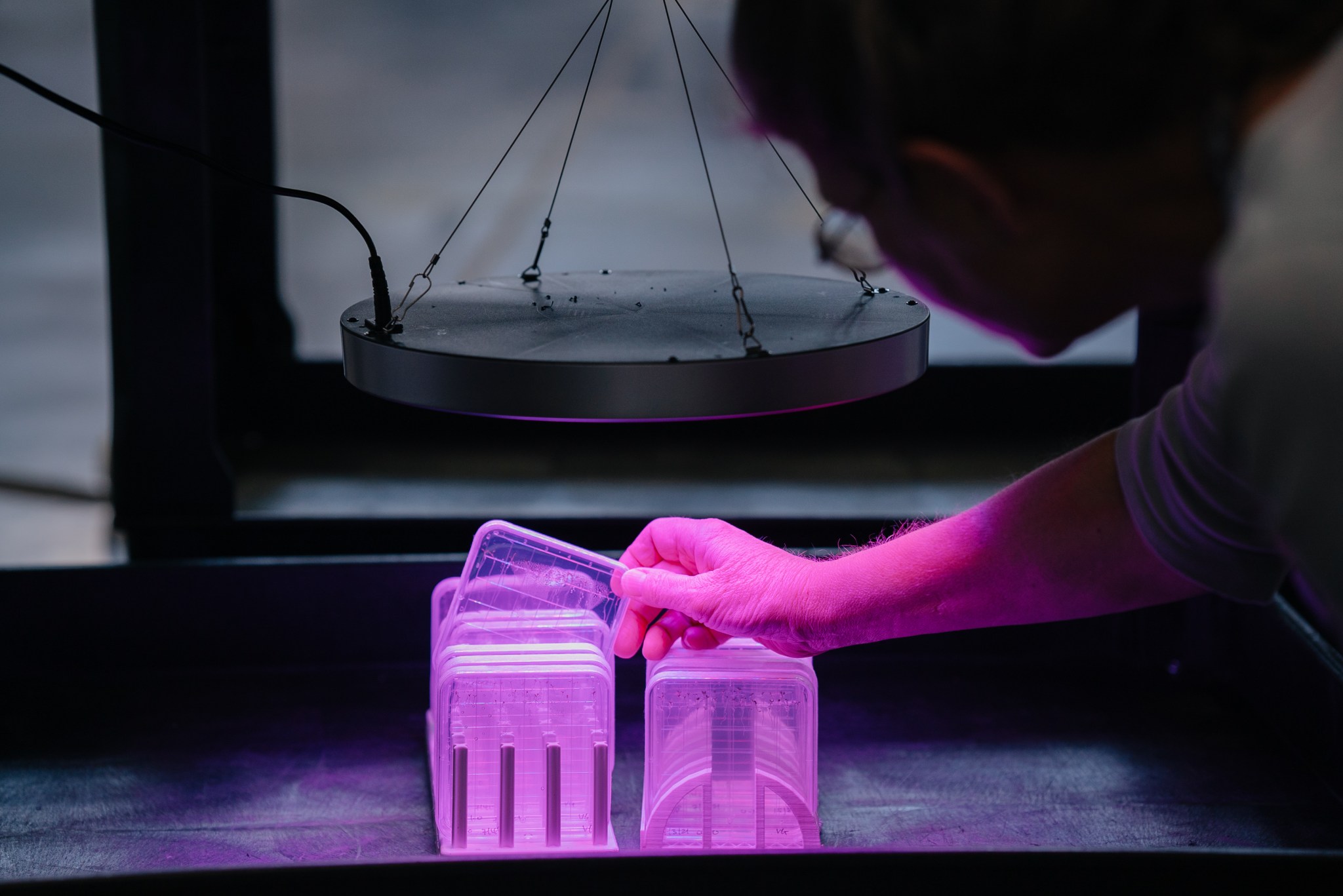NASA has selected nine space technologies for flight testing to advance innovations that address mission needs for both the agency and the commercial space industry.
Selected as part of the NASA’s 2022 TechFlights solicitation, these technologies will fly aboard commercial suborbital vehicles such as high-altitude balloons, aircraft following parabolic flight profiles, suborbital rocket-powered systems as well as commercial payload-hosting platforms in orbit, such as spacecraft. By readying these technologies in an environment similar to what they will experience in space, NASA, industry, and universities can help reduce the potential cost and risk before deploying the technologies on longer, more expensive missions in Earth orbit or to the Moon, Mars, and beyond.
“This $6.1 million investment in technology testing will help mature technologies for agency goals, from space exploration to scientific discovery,” said Walt Engelund, deputy associate administrator for programs in NASA’s Space Technology Mission Directorate (STMD) at NASA Headquarters in Washington. “And in doing so, we’re also providing significant support to help the commercial space industry thrive.”
The technologies were selected by STMD’s Flight Opportunities program, which rapidly demonstrates technologies for space exploration, discovery, and the expansion of space commerce. For the first time, the 2022 TechFlights solicitation included access to test opportunities hosted on commercial platforms and spacecraft in orbit in collaboration with the agency’s Small Spacecraft Technology program.
“Flight Opportunities is excited to support these efforts to solve some of the most important challenges facing space exploration and Earth observation,” said Danielle McCulloch, acting program manager for Flight Opportunities at NASA’s Armstrong Flight Research Center in Edwards, California. “In working with the Small Spacecraft Technology program this year to offer opportunities for payloads hosted aboard commercial orbital platforms we can expand our reach to advance even more technologies from a variety of institutions and technical disciplines.”
The organizations developing the selected technologies will receive a grant or cooperative agreement allowing them to purchase flights from a U.S. commercial flight vendor that best meets their needs. As in previous years, the 2022 solicitation included options for researchers to fly automated technology experiments unattended or to have one or more researchers fly alongside their technology payload on parabolic flights or suborbital rockets.
The solicitation included three topic areas that reflect NASA priorities to further space exploration and scientific discovery goals. These topics focus on supporting infrastructure and capabilities for a robust lunar economy, services and infrastructure ranging from low-Earth orbit to geosynchronous Earth orbit, and Earth observation architectures, as well as systems to monitor and address climate change.
Selected Technologies
Creare in Hanover, New Hampshire, will test a device designed to support the transfer of liquid propellant from a supply tank to a receiving tank in microgravity as a potential solution for refueling satellites and spacecraft on long-duration missions. This technology is planned to fly on parabolic flights with Zero Gravity Corporation’s (ZERO-G) G-Force One aircraft.
Giner in Newton, Massachusetts, will test a fuel cell energy storage system designed as a potential power supply for future spacecraft or lunar surface operations to evaluate its gas-liquid phase separator in microgravity. This technology is planned to fly on ZERO-G’s G-Force One.
Harvard University in Cambridge, Massachusetts will test an imaging and particle detector system that aims to improve the autonomous assessment of wildfire structure and spread. The system uses aerosol measurement instruments that could have applications on other planets. This technology is planned to fly on Aerostar’s high-altitude balloon.
Johns Hopkins University Applied Physics Lab in Laurel, Maryland, will evaluate a technology designed to measure the variability of electrons present between a receiver on a suborbital flight vehicle and GPS satellites in orbit for its capabilities to inform atmospheric models. This technology is planned to fly on Blue Origin’s New Shepard rocket-powered system.
Paragon Space Development Corporation in Tucson, Arizona, will evaluate in microgravity a device for capturing and separating liquid condensation from cabin air to support spacecraft temperature and humidity control. This technology is planned to fly on ZERO-G’s G-Force One.
Purdue University in West Lafayette, Indiana, will conduct an experiment to analyze heat transfer in cryogenic propellant storage for use in modeling and designing future propellant transfer and management systems. This technology is planned to fly on ZERO-G’s G-Force One.
Rhea Space Activity in Washington, will test a guidance and navigation technology for small spacecraft with the aim of demonstrating its capabilities for autonomous orbit determination in cislunar space. This technology is planned to fly on Spaceflight’s Sherpa orbital transfer vehicle.
San Diego State University in San Diego, California, will test a system aiming to improve spacecraft precision landing capabilities through adaptive navigation, allowing researchers to evaluate its performance on a rocket-powered lander. This technology is planned to fly on Astrobotic’s Xodiac vehicle.
University of Louisville in Louisville, Kentucky, will refine mechanisms for rehydrating red blood cells in a space environment. Such technology could be used to offer transfusion therapy for astronauts on long-duration space missions. This technology is planned to fly on Virgin Galactic’s SpaceShipTwo system.
Submit Your Technology
TechFlights 2023
NASA’s TechFlights awards provide funding for space technologies to be tested on commercial flight vehicles. Managed by NASA’s Flight Opportunities program, the next TechFlights solicitation is expected in early 2023. Subscribe to the Flight Opportunities newsletter for announcements about TechFlights and other opportunities to access flight tests, and download this infographic to learn more.


































